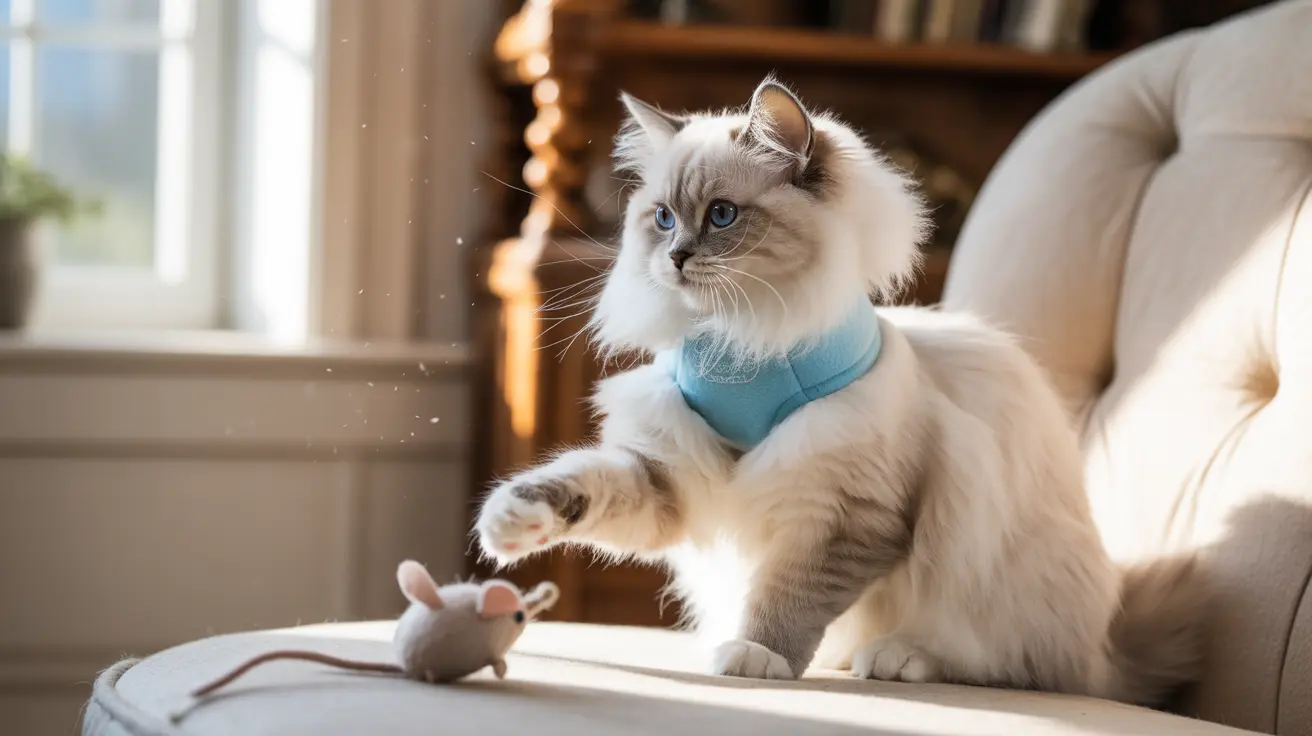Understanding E-Collars and Their Purpose
E-collars are protective devices that create a physical barrier around your cat's head and neck. Their primary purpose is to prevent cats from licking, scratching, or biting at areas that need to heal. These medical devices are particularly crucial following surgeries, injuries, or when treating skin conditions.
Veterinarians regularly prescribe e-collars because they significantly reduce the risk of infection and ensure proper healing. Without this protection, cats may damage surgical sites or create additional complications during recovery.
Types of E-Collars Available
Traditional Plastic Cones
The classic hard plastic cone remains the most commonly used type of e-collar. These provide maximum protection and are highly effective at preventing cats from reaching injured areas. While they're not the most comfortable option, they're often the most reliable.
Soft Fabric Alternatives
Soft e-collars made from flexible fabric materials offer increased comfort while still maintaining protective benefits. These can be especially useful for cats who become overly stressed by traditional plastic cones.
Inflatable Collars
Shaped like travel pillows, inflatable e-collars provide a more comfortable alternative that allows better visibility while still restricting access to most body areas. However, they may not be suitable for all types of injuries or procedures.
Proper Fitting and Usage
A properly fitted e-collar should extend 1-2 inches beyond your cat's nose while allowing enough neck space to fit two fingers between the collar and neck. The collar should be secure enough to prevent removal but not so tight that it causes discomfort.
When first introducing the e-collar, monitor your cat closely to ensure they can:
- Access food and water bowls
- Move around without getting stuck
- Breathe comfortably
- Rest without distress
Helping Your Cat Adjust
Most cats initially resist wearing an e-collar, but there are several ways to ease the transition:
- Provide extra attention and reassurance
- Elevate food and water bowls for easier access
- Create a safe space free from obstacles
- Offer treats and positive reinforcement
- Monitor for signs of stress or discomfort
Special Considerations and Care
While your cat wears an e-collar, they'll need some special accommodations:
- Regular cleaning of the collar to prevent dirt buildup
- Daily checks for skin irritation around the neck
- Assistance with grooming, as they cannot clean themselves properly
- Modified feeding arrangements to accommodate the collar
Frequently Asked Questions
How do I properly fit and secure an e-collar on my cat to prevent it from slipping off?
Ensure the e-collar is snug but not tight, allowing 1-2 fingers' width between the collar and neck. Use the provided straps or ties to secure it properly, and check the fit regularly throughout wear.
What types of e-collars are available for cats, and which is best for comfort and effectiveness?
Available options include traditional plastic cones, soft fabric collars, and inflatable designs. While plastic cones offer the most protection, soft or inflatable options may be more comfortable for some cats. The best choice depends on your cat's specific needs and temperament.
How long should my cat wear an e-collar after surgery or injury for safe healing?
Typically, cats need to wear an e-collar for 10-14 days after surgery, though this varies depending on the procedure and healing progress. Always follow your veterinarian's specific instructions for duration of use.
What are the common challenges cats face when wearing e-collars and how can I help them adjust?
Common challenges include difficulty eating, drinking, and navigating. Help your cat adjust by elevating food and water bowls, creating clear paths through your home, and offering plenty of reassurance and attention.
Are there alternatives to traditional hard plastic e-collars that still protect my cat's wounds?
Yes, alternatives include soft fabric e-collars, inflatable collars, and recovery suits. However, these alternatives may not provide adequate protection for all types of injuries or procedures. Consult your veterinarian about suitable options for your cat's specific situation.






